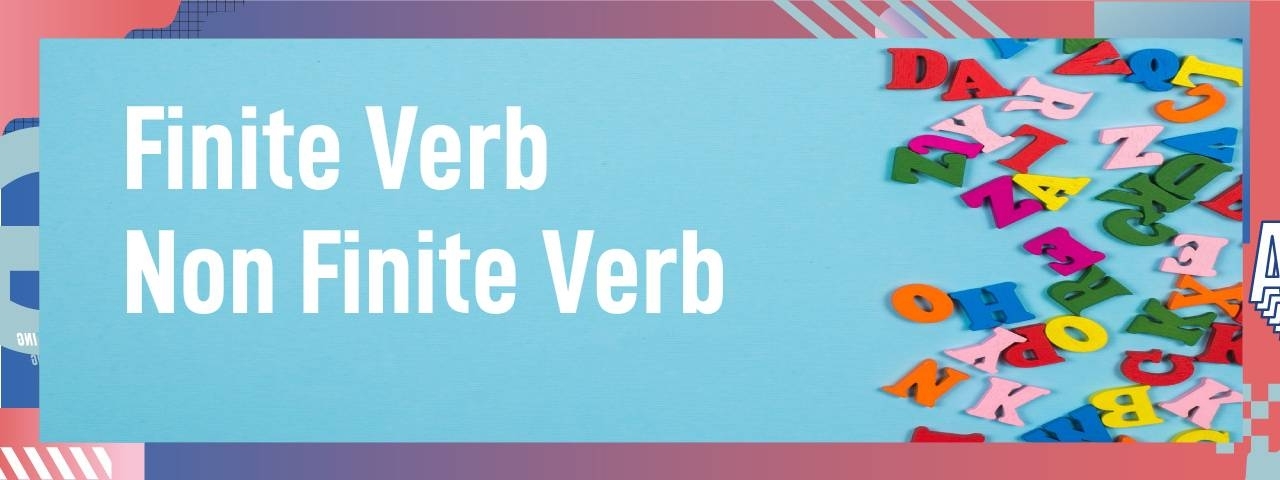

 95,363 Views
95,363 ViewsFinite Verb (กริยาแท้) คือ กริยาที่แสดงอาการหรือการกระทำของประธาน โดยในประโยค (Sentence) หรือ อนุประโยค (Clause) จะมีกริยาแท้เพียงตัวเดียวเท่านั้น
Ex. Ken drinks milk.
Ex. They went to a restaurant.
1. ผันตาม Subject (ประธาน)
ประธานเอกพจน์ คำกริยาเป็นเอกพจน์โดยเติม s/es
Ex. Liza speaks English very well.
ประธานพหูพจน์ / I คำกริยาเป็นพพูจน์ โดยไม่ต้องเติม s/es
Ex. The dogs bark at the cat.
2. ผันตาม Tense (กาล)
กริยาแท้จะผันตาม Tense ทั้ง 12 Tenses
Ex. They came here yesterday.
(came คือกริยาช่องที่ 2 ที่ผันตาม Past simple tense)
Ex. I am studying at Chulalongkorn university.
(studying คือกริยาเติม ing ที่ผันตาม Present continuous tense)
3. ผันตาม Voice ดังนี้
Active Voice คือประโยคทั่วไปที่ประธานของประโยคนั้นเป็นผู้กระทำกริยา
Ex. Lisa writes a letter.
Passive Voice ประธานของประโยคเป็นผู้ถูกกระทำ
Ex. A letter is written by Lisa.
4. ผันตาม Mood
Mood คือ อารมณ์หรือความเห็นของผู้พูดที่พูดออกมาเป็นประโยครูปแบบต่างๆ
Ex. The doctor recommends that he take the pills with food.
(take ผันตาม Subjunctive Mood นั่นคือ The doctor recommends ไม่ได้ผันตาม he จึงไม่ต้องเติม s)
Non-finite verb มีรูปจากคำกริยาแต่ไม่ได้ทำหน้าที่เป็นคำกริยา แบ่งเป็น 3 ประเภทดังนี้
Ex. Eating vegetables and fruits is good for your health.
(eating แปลว่า การกิน ทำหน้าที่เป็นประธานของประโยค)
Ex. He enjoys reading.
(reading แปลว่า การอ่าน ทำหน้าที่เป็นกรรมของประโยค)
Ex. To learn is important.
(To learn แปลว่า การเรียน ทำหน้าที่เป็นประธานของประโยค)
Ex. She wants to learn Italian.
(to learn ในที่นี้ทำหน้าที่เป็นกรรมของประโยค)
Ex. That is an exciting movie.
(exciting เป็น Present Participle ทำหน้าที่เป็นคำคุณศัพท์ขยาย movie)
Ex. The broken window was replaced.
(broken เป็น Past Participle ทำหน้าที่เป็นคำคุณศัพท์ขยาย window)
